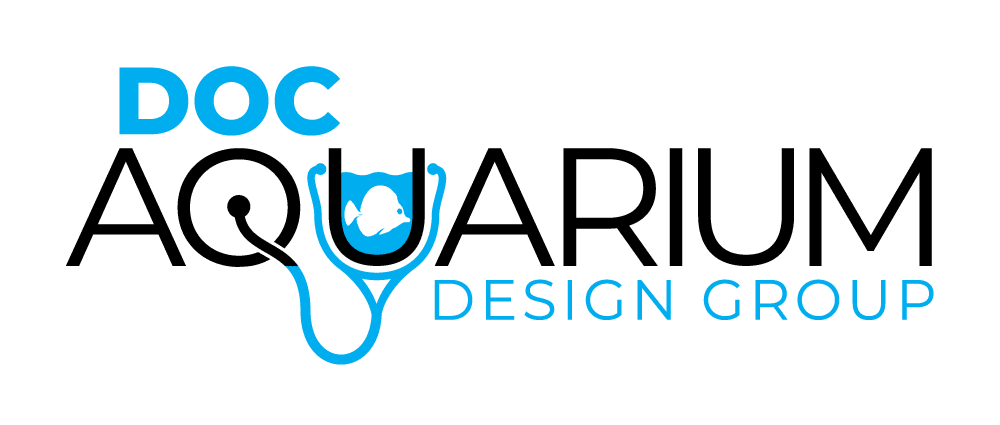Blackbeard Zoanthid
Original price was: $40.00.$35.00Current price is: $35.00.
Fragments have approximately 3-4 polyps and are fully encrusted onto a frag disk or plug.
4 in stock
4 in stock
A classic zoanthid we have had around in our systems since around 2012. The polyps have aqua blue disk with purple in the central area. Mix these on zoa islands in your reef aquarium with colors of contrast like greens, oranges and reds to make the colors pop louder.
Lighting: medium- medium high lighting 50-150 PAR.
Flow: medium to medium high flow
Care Level: Easy
Original Location Range: Indonesia, Coral Triangle, South Pacific
Grown in our California coral farm where we provide zero impact corals
Water chemistry: Calcium 400-450, Magnesium 1290-1350, KH 7-9.5, pH 8.1-8.4, Nitrates .01-10, Phosphates .01-.1, salinity 1.026
Temperature Range: 74- 81 Fahrenheit
Feeding requirements: Regular feedings are recommended in low nutrient environments. Feed a variety of your favorite foods and amino acids. Target feeding is always best and be sure your coral is taking in the food and not just sliming it off.
Dosing: Doc highly recommends automated dosing of Ca, Kh and other elements to provide ultimate stable water chemistry throughout the day. It is important there are no fluctuations especially with Kh/alkalinity. For more information on dosing and products click here.
Placement recommendations: Place the coral in an area like and edge in front so the zoanthid can grow out like a matt. Keep a safe distance from other corals so it does not harm or get harmed by other corals. This coral is good to grow in vertical areas where others cannot. In our larger custom aquarium builds we like to place these on a rock islands on the sand up close to the glass for optimal viewing. It will never grow outwards into the glass and it will stay on the island garden worry free from growing all over the reef.
Attachment: We like to clip off the exposed disk areas for our custom aquarium reef builds. Add a small amount of coral glue to the underside of the disk. Mix up enough two part epoxy to create a small mound and dab it a few times into the glue to get it tacky then press and mold a conical shape. Add a few small daps to the tip of the cone dabbing the glue so it really sticks to the epoxy. Press the coral disk onto the desired location and press the epoxy flat around the disk. Be sure the coral is fully secure, the coral should never fall off the reef. You can also skip the epoxy and rub a little coral glue onto the reef area so the glue sticks and use only reef glue on the coral to attach.
Click here for our favorite epoxy and reef glues.
| color | Blue |
|---|








Reviews